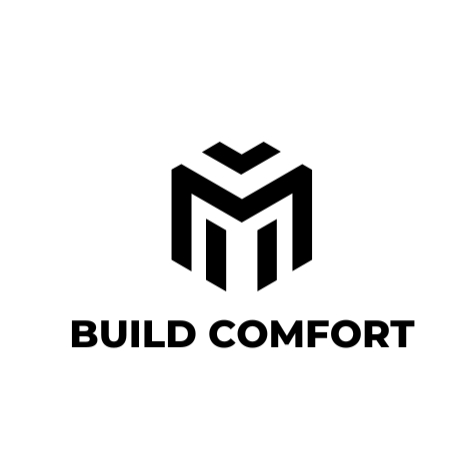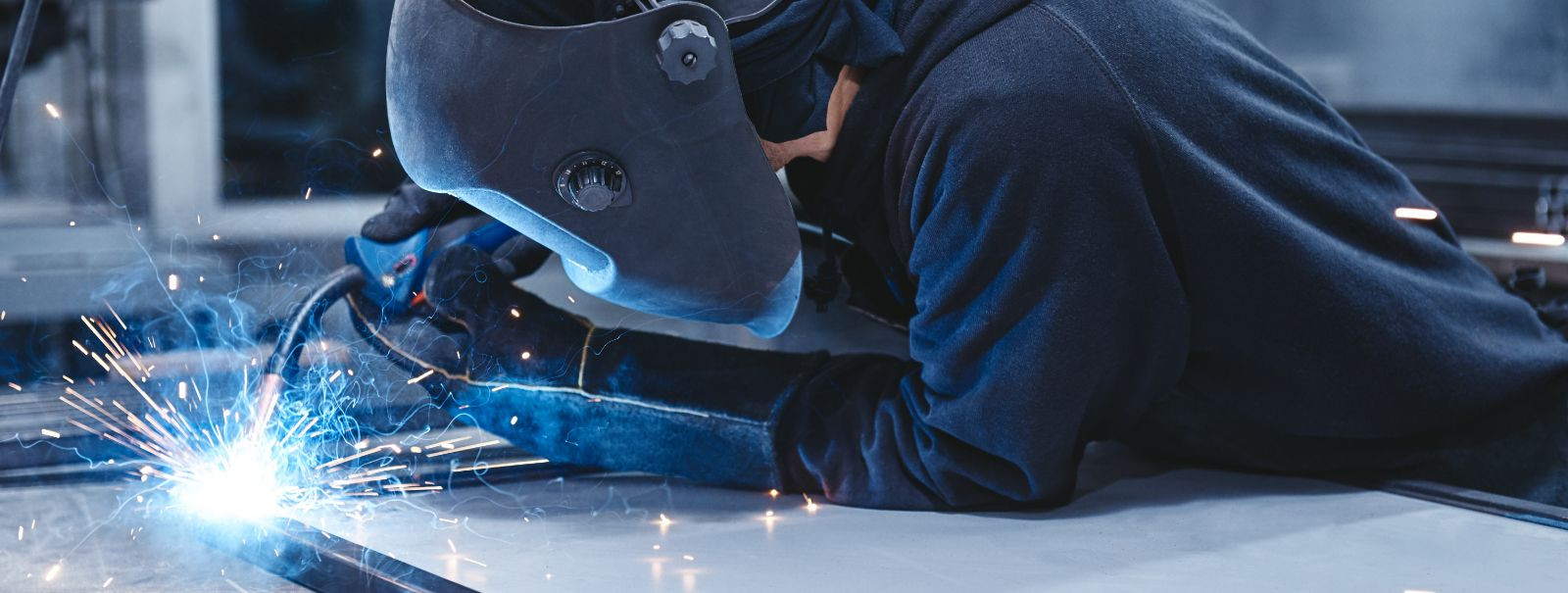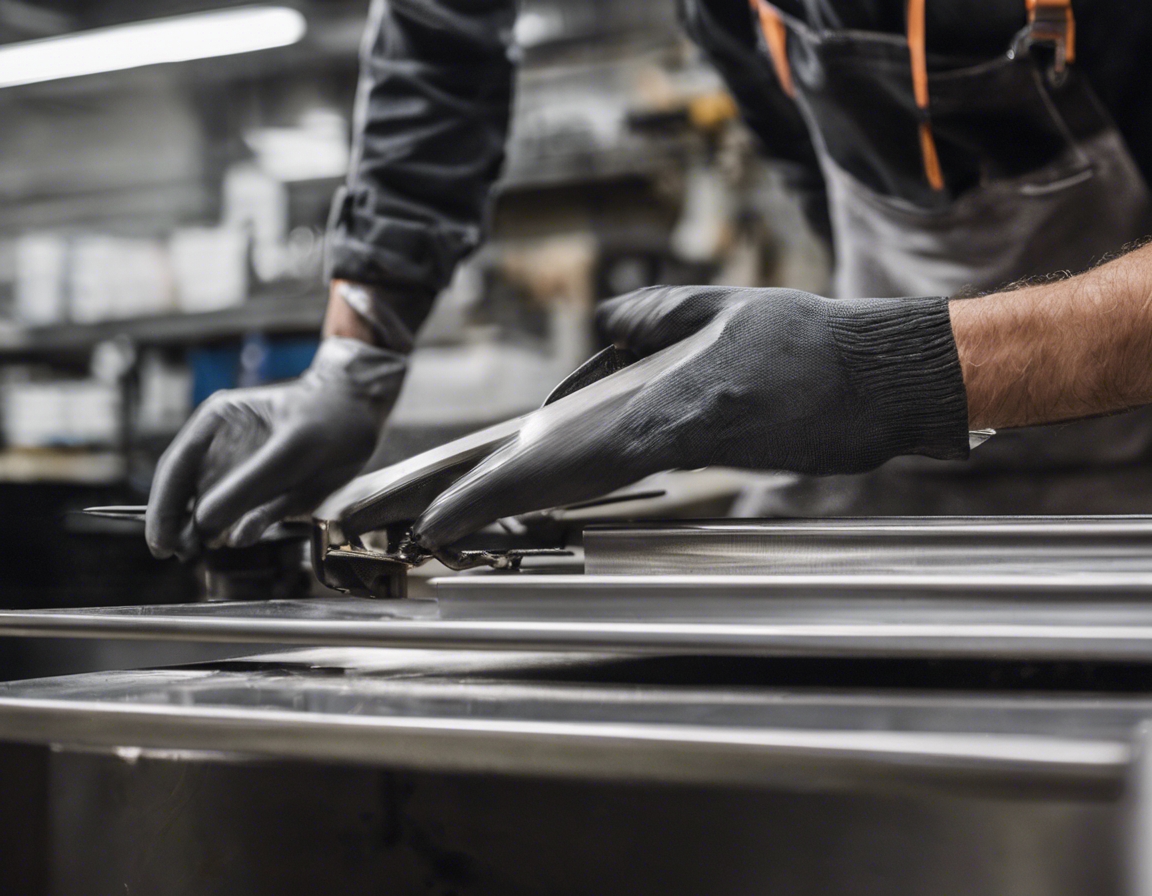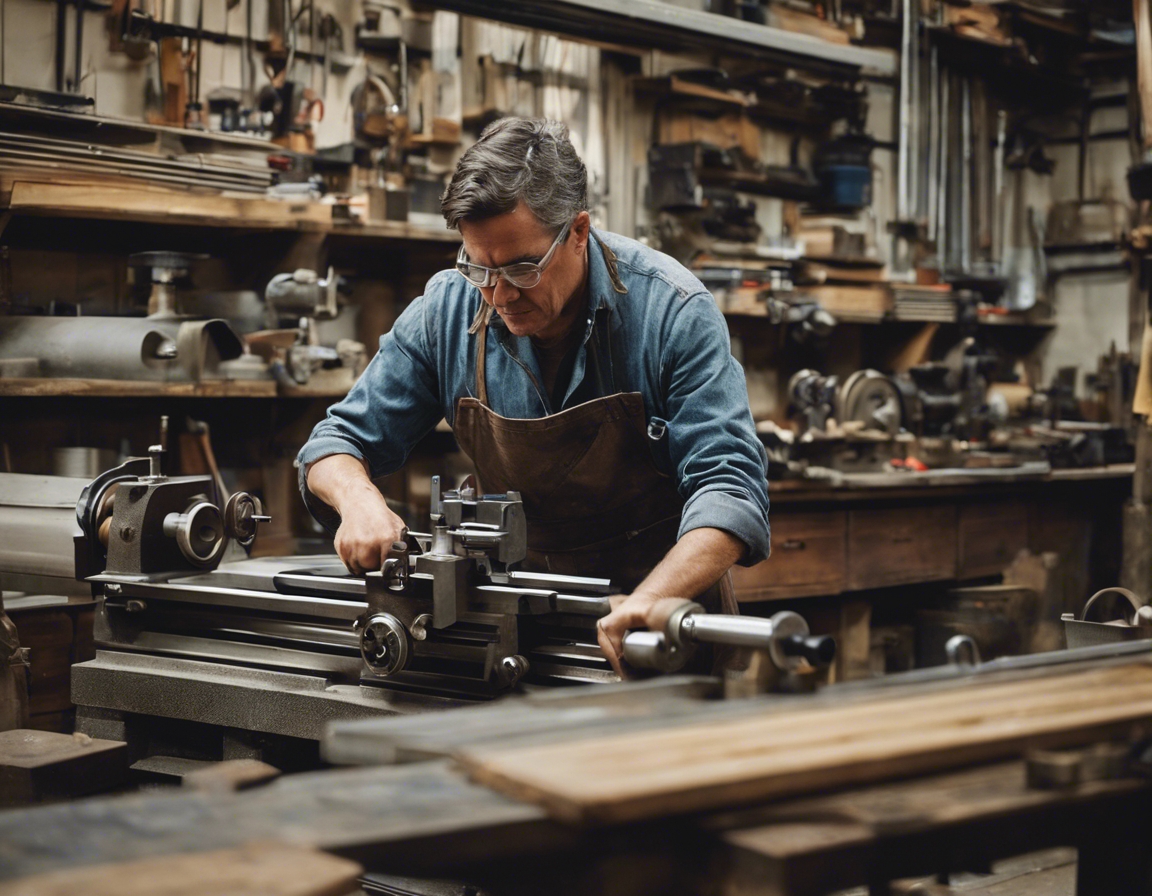Why custom metal fabrication is key to any construction project
Custom metal fabrication is the process of designing, cutting, forming, and assembling metal structures to meet specific requirements. It is a critical component in construction projects, enabling architects and builders to create structures that are not only structurally sound but also aesthetically pleasing. The ability to customize metal components allows for greater design flexibility, ensuring that each construction project can be tailored to meet the unique needs of the client.
From structural steel frameworks to decorative metalwork, custom metal fabrication plays a pivotal role in a wide range of construction applications. It is essential for creating components such as beams, columns, stairs, railings, and even architectural details that define the character of a building.
The Advantages of Custom Metal Fabrication
Metal structures fabricated to custom specifications offer superior strength and durability. They can withstand harsh environmental conditions, making them ideal for buildings that require longevity and minimal maintenance.
The precision of custom metal fabrication ensures that each piece fits perfectly within the construction design. This level of customization is crucial for complex projects that require intricate designs and tight tolerances.
Custom fabrication can be more efficient and cost-effective in the long run. By creating parts that are exactly the right size and shape, waste is minimized, and installation is streamlined, which can lead to reduced labor costs and time savings.
With custom metal fabrication, the aesthetic possibilities are nearly limitless. Metal can be shaped, textured, and finished in various ways to complement the architectural vision, adding both functionality and beauty to a structure.
Custom Metal Fabrication Processes
These techniques involve slicing through metal using methods such as laser cutting, plasma cutting, and oxy-fuel cutting. Each method has its advantages, depending on the type of metal and the precision required.
Forming shapes metal through bending or stretching. This can be achieved through press brake forming, roll forming, or other methods that allow for the creation of complex shapes and angles.
Welding is a fundamental process in metal fabrication, used to join metal parts together securely. Various welding techniques can be employed, including MIG, TIG, and stick welding, each suited to different types of metals and joint requirements.
Machining involves removing metal to achieve the desired shape and dimensions. This can be done through milling, drilling, turning, or other precision machining processes.
The final steps in custom metal fabrication involve assembling the individual parts into a complete structure and applying finishes such as painting, powder coating, or galvanizing to protect the metal and enhance its appearance.
Materials Used in Custom Metal Fabrication
Steel is a popular choice for construction due to its strength and versatility. It is commonly used for structural components and can be treated to resist corrosion and wear.
Aluminum is lightweight yet strong, making it suitable for applications where weight is a concern. It is also resistant to corrosion and can be easily formed into various shapes.
Stainless steel is known for its corrosion resistance and is often used in environments where cleanliness and hygiene are priorities, such as in medical or food processing facilities.
Copper and brass are used for their aesthetic appeal and electrical conductivity. They are often found in decorative elements and electrical components within construction projects.
Choosing the Right Fabrication Partner
When selecting a custom metal fabrication partner, it is essential to consider their experience and expertise in the industry. A proven track record of successful projects is a strong indicator of their ability to deliver high-quality results.
Quality assurance is paramount in construction. Certifications such as ISO standards demonstrate a fabricator's commitment to maintaining high-quality processes and outputs.
Effective project management and clear communication are critical for ensuring that fabrication projects are completed on time and to specification. A good partner will keep you informed throughout the process and work collaboratively to address any challenges that arise.
The right partner will also have access to the latest technology and equipment, which can significantly impact the efficiency and quality of the fabrication process.






Comments (0)